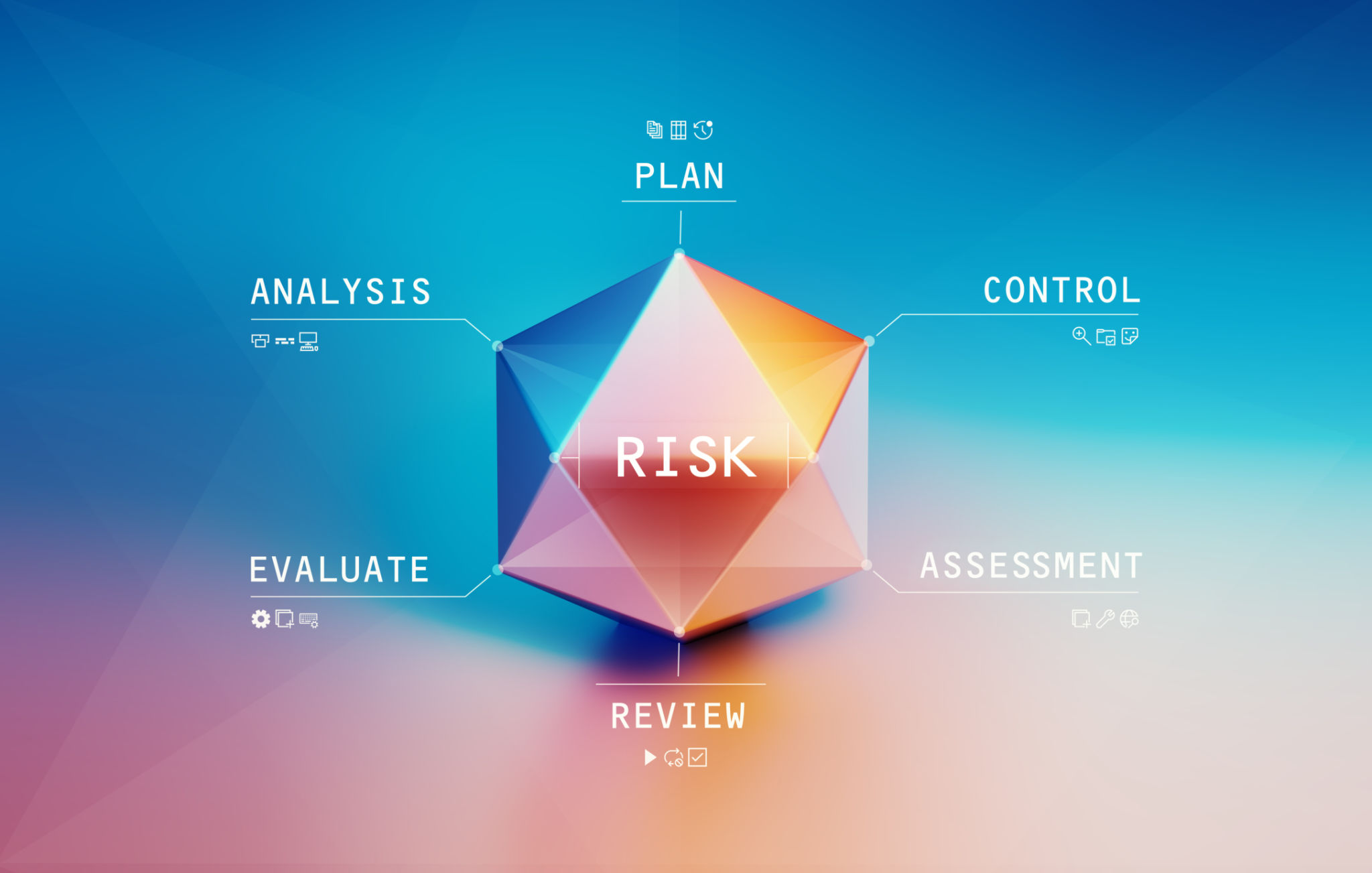Boosting User Engagement with Effective UX/UI Design in CRM
Understanding the Importance of UX/UI in CRM
In today's competitive digital landscape, businesses are constantly seeking ways to enhance user engagement. One of the most effective strategies involves optimizing User Experience (UX) and User Interface (UI) design within Customer Relationship Management (CRM) systems. A well-designed UX/UI can significantly improve user satisfaction and productivity, leading to better customer retention and increased sales.
At the core of effective UX/UI design is the ability to make the CRM system intuitive and easy to navigate. By focusing on user needs and behaviors, designers can create interfaces that not only look appealing but also function seamlessly. This approach ensures that users can access the information they need quickly and efficiently.

Key Principles of UX/UI Design for CRM
To boost user engagement through UX/UI design, it's crucial to adhere to certain principles. First and foremost, simplicity is key. A cluttered interface can overwhelm users, whereas a clean and straightforward design enhances usability. By removing unnecessary elements, designers can help users focus on their tasks without distraction.
Another important principle is consistency. A consistent design across all CRM modules improves user familiarity and reduces the learning curve for new users. Using uniform colors, fonts, and navigation patterns helps create a cohesive experience that fosters user confidence.
Prioritizing User Feedback
Incorporating user feedback into the design process is vital for creating a CRM system that truly meets user needs. Regularly soliciting feedback allows designers to identify pain points and areas for improvement. This iterative process ensures that the CRM evolves to match user expectations and industry trends.

Enhancing Navigation and Accessibility
Effective navigation is a cornerstone of engaging UX/UI design. Users should be able to move through the CRM with ease, finding the information they need without unnecessary clicks or confusion. Implementing features like search bars, breadcrumbs, and clear menu structures can greatly enhance navigation.
Accessibility is another critical factor. Ensuring that the CRM is usable by individuals with varying abilities not only expands the potential user base but also demonstrates a commitment to inclusivity. This involves considering elements like text readability, keyboard navigation, and screen reader compatibility.
Utilizing Visual Hierarchy
Visual hierarchy plays a significant role in guiding users through the CRM interface. By strategically using size, color, and placement, designers can highlight the most important elements on a page. This directs user attention to key actions or information, making the interface more intuitive and engaging.

The Role of Personalization in UX/UI Design
Personalization is a powerful tool in enhancing user engagement. By allowing users to customize their CRM dashboards or layouts, businesses can provide a more tailored experience. This not only increases user satisfaction but also boosts productivity as users can arrange tools and data according to their preferences.
Moreover, personalized content delivery based on user behavior and history can further deepen engagement. When users feel that a CRM system understands their needs and preferences, they are more likely to interact with it regularly.
Measuring Success and Continuous Improvement
Finally, measuring the success of UX/UI enhancements is crucial for continuous improvement. Utilizing analytics tools to track user interactions can provide valuable insights into how users engage with the CRM. Metrics such as time on page, task completion rates, and click paths help identify areas that require further refinement.
By adopting a data-driven approach to UX/UI design, businesses can ensure their CRM systems remain effective and competitive. Continuous iteration based on real-world usage patterns keeps the system aligned with evolving user expectations.